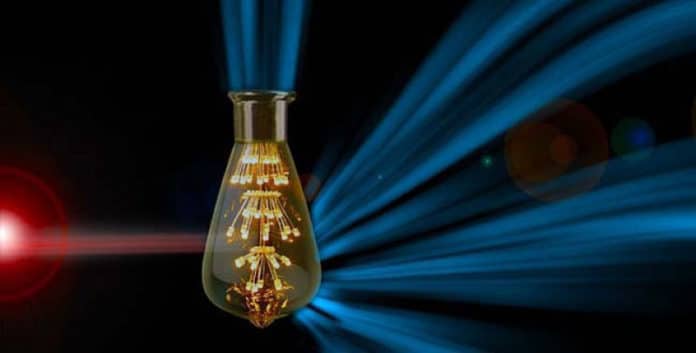A team of scientists from Columbia University along with Harvard University has come up with a novel method that can convert visible light into infrared light. Moreover, the method allows innocuous radiation to enter in the living tissue and other materials without any harm usually caused by high-intensity light exposure.
This is an exciting discovery that enables scientists to perform different complex chemical transformations using noninvasive, infrared light source.
Tomislav Rovis, professor of chemistry at Columbia and co-author of the study said, “One can imagine many potential applications where barriers are in the way to controlling matter. For example, the research holds promise for enhancing the reach and effectiveness of photodynamic therapy, whose full potential for managing cancer has yet to be realized.”
During experiments, scientists used small quantities of a novel compound that, when stimulated by light, can mediate the transfer of electrons between molecules that otherwise would react more slowly or not at all.
Their approach, known as triplet fusion upconversion, involves a chain of processes that essentially fuses two infrared photons into a single visible light photon. Most technologies only capture visible light, meaning the rest of the solar spectrum goes to waste. Triplet fusion upconversion can harvest low-energy infrared light and convert it to light that is then absorbed by the solar panels. Visible light is also easily reflected by many surfaces, whereas infrared light has longer wavelengths that can penetrate dense materials.
Campos said, “With this technology, we were able to fine-tune infrared light to the necessary, longer wavelengths that allowed us to noninvasively pass through a wide range of barriers, such as paper, plastic molds, blood and tissue. The researchers even pulsed light through two strips of bacon wrapped around a flask.”
Scientists noted, “The technology could have far-reaching impact. Infrared light therapy may be instrumental in treating a number of diseases and conditions, including traumatic brain injury, damaged nerves, and spinal cords, hearing loss, as well as cancer.”
Campos said, “The researchers are currently testing photon-upconversion technologies in additional biological systems. “This opens up unprecedented opportunities to change the way light interacts with living organisms. In fact, right now we are employing upconversion techniques for tissue engineering and drug delivery.”
Their research is published in the January 17 issue of Nature.
